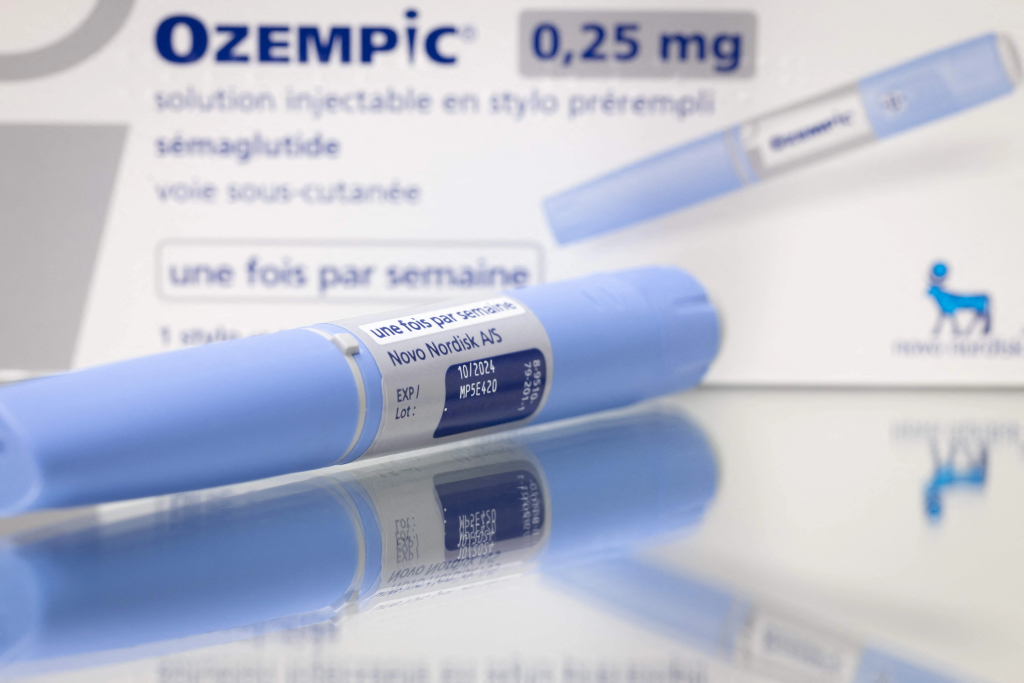
In recent years, the market for weight loss drugs has garnered significant public attention, primarily owing to the popularity of semaglutide products, namely Ozempic. These drugs, originally developed for diabetes, were used off-label for weight loss, with recent variants, including Wegovy, approved for weight loss in both Canada and the United States.
Novo Nordisk (NN) is a Danish company that holds the patents and trademarks for Wegovy, Ozempic, and Rybelsus in both Canada and the USA. In July 2024, NN filed a flurry of trademark infringement lawsuits and numerous more cease and desist letters against clinics, medical spas, and compounding pharmacies in Colorado, Florida, Illinois, Montana, Tennessee, and Texas.
The claims are based upon the Lanham Act, which is the United States’ federal trademark act. These claims allege that the defendants advertised their products, which contain non-FDA-approved semaglutide, using images of Wegovy and Ozempic, confusing or misleading customers to believe they are receiving the regulated, trademarked product. These lawsuits bring into question the bounds of comparative advertising in the United States. Comparative advertising has been recognized in American common law with well-known examples including Pepsi mentioning Coke in its commercials. However, there is a test governing when comparative advertising constitutes trademark infringement:
1. The plaintiff has a valid and legally protectable mark;
2. The plaintiff owns the mark, and
3. The defendant’s use of the mark to identify goods or services causes a likelihood of confusion.
The claims above bring into question step 3 of the test: does referencing Ozempic/Wegovy when advertising a non-FDA-approved semaglutide constitute trademark infringement of NN’s trademark following step 3 of the test from Victoria’s Secret?
Previous rounds of lawsuits with similar claims had been filed by NN. These cases were dismissed, settled out of court, or reached final judgment on the issue of consent. We have, therefore, not seen the courts analyze the arguments based on the third step of the test from Victoria’s Secret. Should these cases make it to court, we may see new guiding principles on whether this form of comparative advertising is seen as trademark infringement. The outcomes of these lawsuits could potentially pave the way for NN to file analogous lawsuits in Canada, where Section 21(1) of the Trademarks Act establishes similar regulations on non-disparaging and non-confusing comparative advertising.
